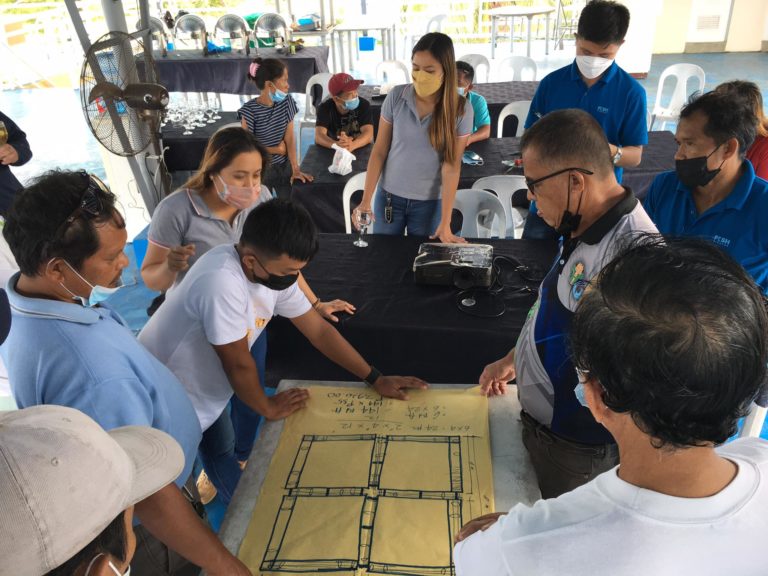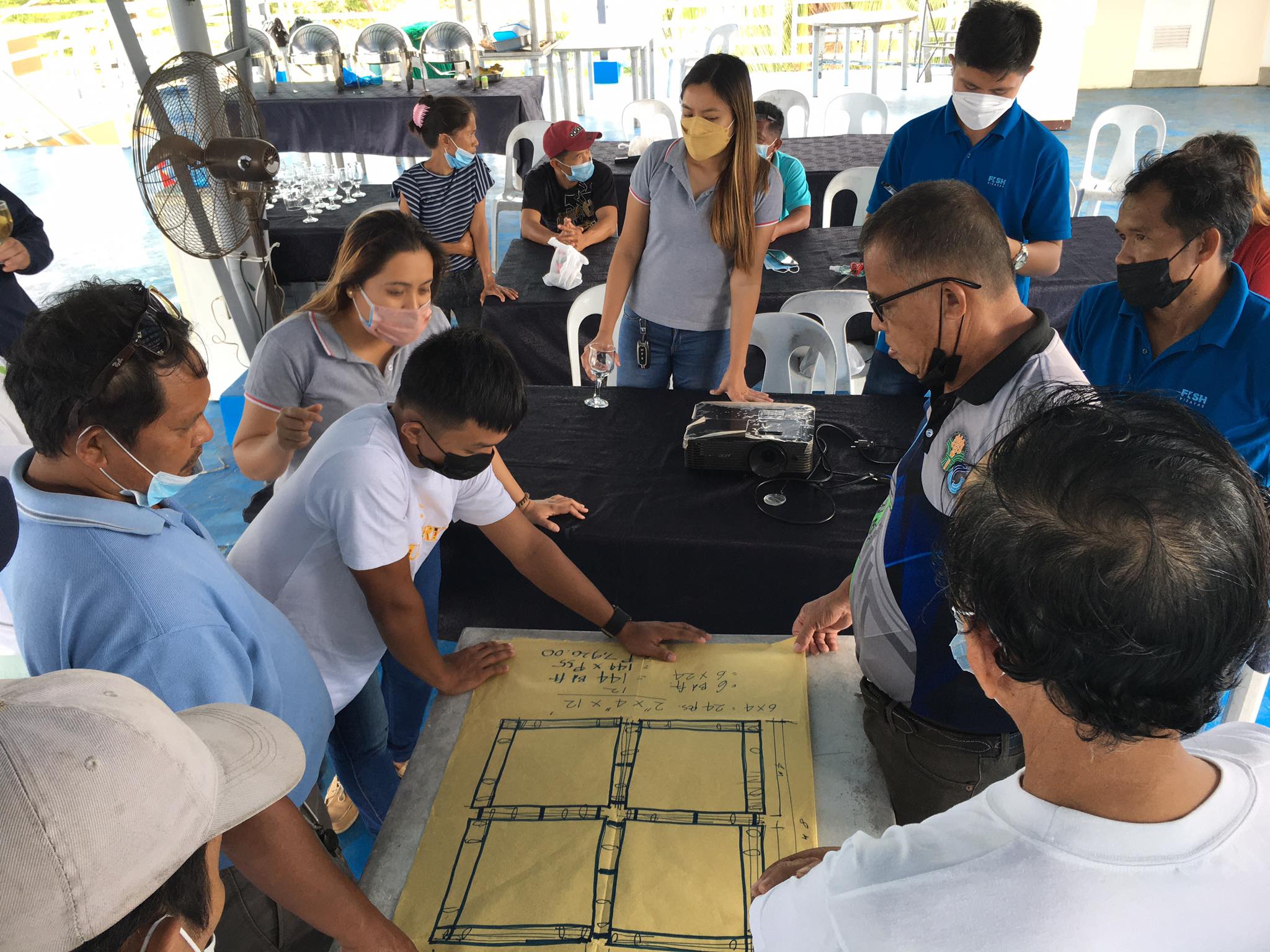
The officers and officials of LGU Ayungon and LGU La Libertad of Negros Oriental conducted a meeting with PO Beneficiaries to discuss the proposed interventions for rehabilitation and fish cage training preparation.
The meeting was held at the Session Hall in the Municipality of Ayungon on February 2, 2022. It was attended by Mayors, MPDO, MAO, and MAO Staff of the said Municipalities. They met with PO Presidents from BUGSAY, AFA and MASTA, NOCCI and the FISH Visayas Project Area Coordinator of AFOS Foundation.
During the meeting, finalizing the details of various proposed/identified interventions to finalize proposals for assistance to FVP beneficiaries in both LGU Ayungon and La Libertad were discussed. Other outputs were to identify and schedule other proposed interventions for the FISH Visayas Project.
A mini-workshop was conducted on planning by verifying data and information to finalize the proposal and other proposed interventions. Additionally, the attendees discussed the preparation for the conduct of the fish cage training, which is scheduled for Feb. 10-11, 2022.
Furthermore, they have conducted meetings and coordination works with regard to finalizing the proposals for project interventions and assistance to affected beneficiaries after typhoon Odette
Fishing is one of the primary sources of income in Ayungon’s and La Liberatad’s coastal areas. Unfortunately, the fishing industry in these areas was hit hard by Super Typhoon Odette.
After the typhoon, Ayungon and La Libertad were left with murky rivers and homes washed away by water. The first estimated overall damage in the province was 600 million pesos, according to the Philippine Disaster Risk Reduction and Management.
Many areas were without running water, light, internet, or even phone service. People lacked access to drinkable water and were unable to contact their loved ones.
Furthermore, the storm has destroyed nearly a third of the province’s businesses, farms, and homes. Up until the third quarter of 2021, the province has increased its livestock, agriculture, and aquaculture businesses prior to the typhoon.
This burdened the already challenging lives of fisherfolk in the area. With this in mind, building fish cages is a big help to these people to revive and improve their source of income. Moreover, this project can keep some of the fisherfolks from turning into illegal ways of fishing. This strategy ruins fishing areas, resulting in more productivity decline. Over the years, importation has continuously increased to compensate for the limited supply.
Cage farming, especially in well-protected coastal locations, is regarded as one of the most efficient ways of marine fish rearing. Fish cage management must produce maximum output at the lowest possible cost. The administration must be so efficient that the cultured fish grow at the desired rate of feeding frequency and density of stocking. It also reduces disease and predator losses, monitors environmental conditions, and maintains technical infrastructure.

